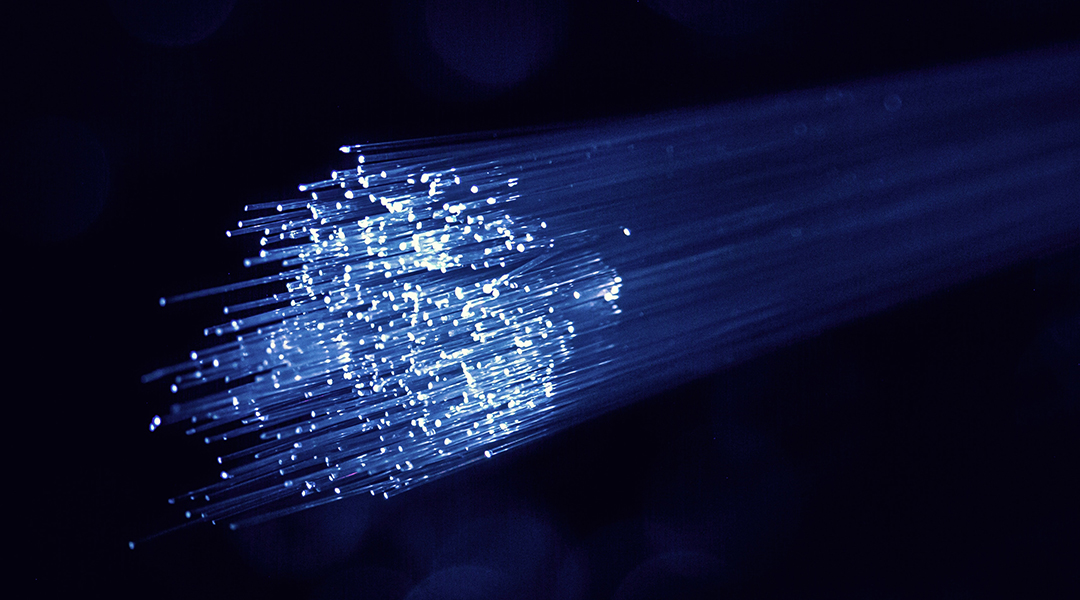In recent years, secure and hack-proof communications have become increasingly important in industry, economics, politics, and even private activities. However, traditional ways of encrypting data are rapidly losing their reliability due to the development of quantum computers, which are able to decrypt encoded information orders of magnitude faster than their classical counterparts, posing a significant challenge.
The answer to this “quantum threat” has been the development of encryption methods based on the fundamental principles of quantum mechanics. One such technique is quantum key distribution, where two parties share a secret key known only to them. The key can be used to encrypt and decrypt messages transmitted over classical communication channels, such as broadcasting, television, or the internet.
“Quantum key distribution is a secured way to transmit a key between a sender and a receiver,” explained Igor Aharonovich, a professor in the School of Mathematical and Physical Sciences at the University of Technology Sydney, in an email.
“Information is encoded in individual particles of light (single photons),” he continued. “What makes it secure is the fact that you cannot clone a single photon, hence if the channel is eavesdropped, it will be immediately detected. Quantum key distribution is important because it is the only way to ensure an absolutely secured connection protected by law of quantum physics.”
Finding a sufficient source
A third party’s inability to clone a particle whose state carries an information about the key stems from the fact that it is impossible to interact or measure a quantum particle without changing its state. For example, this could be a photon whose polarization exists in a specific state, which is the quantum equivalent to an elementary particle’s spin state. Any interaction with the photon used as the key would introduce anomalies in the transmitted signal that the communicating parties can easily detect.
For quantum key distribution to work reliably, it is crucial that photon source emit only one photon at a time. If the source accidentally emits two or more photons in the same state, it creates an opportunity for an eavesdropper to manipulate one of them without changing the state of the others, potentially obtaining information about the key that would go unnoticed by the communicating parties.
“The main challenge [to implementing quantum key distribution] is to find a sufficiently bright source of single photons,” said Aharonovich. “Since the communication is done by photons, you need a source that would emit those photons fast.”
In 2022, researchers proposed using a graphene-like crystalline compound called hexagonal boron nitride as such a photon source, because introduced defects in its crystal lattice can result in the emission of single photons with well-controlled polarization when irradiated with a laser.
Based on the results of this study, Aharonovich and his colleagues were able to implement a hexagonal boron nitride-based quantum key distribution protocol in practice, reported in a recent paper published in Advanced Quantum Technologies.
Putting quantum keys into practice
The team built an apparatus in which the sender and receiver of an encrypted signal were located at a distance of only a few tens of centimeters from each other. The sender could generate hundreds of thousands of photons per second, each carrying one bit of information about the quantum key.
One of the key features of their installation is that due to the unique physical properties of hexagonal boron nitride as the photon source it can operate at room temperature, distinguishing it from many alternative devices, which require cryogenic temperature to reliably generate single photons in well-controlled states. Crucially, all the components of their apparatus, such as polarizers and signal amplifiers, are affordable and commercially available.
“The key novelty of our work is the implementation of the fastest and purest source of single photons at room temperature,” said Aharonovich, summing up the significance of the study. “We then attempted quantum key distribution and demonstrated an absolutely secured transmission.”
As proof-of-concept, the researchers encoded an image of a toy car, transmitted it using their machine, and subsequently decoded, obtaining a perfect match between the original and received images.

The scientists expect that their quantum key distribution protocol will find practical application in the near future and will complement existing encrypted communication lines.
“Some basic quantum key distribution networks already exist in Tokyo, Cambridge, Boston and other places,” said Aharonovich. “Instead of using deterministic single photon sources (like ours), they use attenuated lasers that are filtered down to a single photon level.
“They have their own advantages and disadvantages. Quantum key distribution with true single photon sources can be first implemented within metropolitan areas, for instance between government sites within a capital city.”
Aharonovich says they plan to continue improving their technology to make its practical application even more convenient. For example, the photons they use to transmit information have a wavelength of about 645 nanometers, which means they exist in the visible spectrum, while in real-world conditions it may be more convenient to transmit information using significantly longer wavelengths, such as in the infrared range.
“This is important to match [the quantum key distribution to] the existing commercial communication infrastructure,” said Aharonovich.
Reference: Ali Al-Juboori et al, Quantum Key Distribution Using a Quantum Emitter in Hexagonal Boron Nitride, Advanced Quantum Technologies (2023), DOI: 10.1002/qute.202300038
Feature image credit: Denny Müller on Unsplash

















